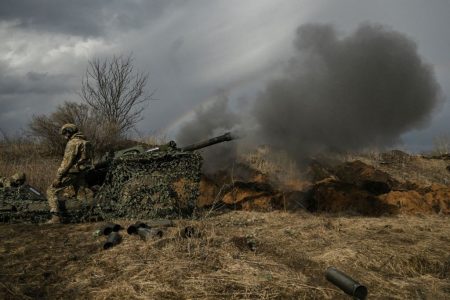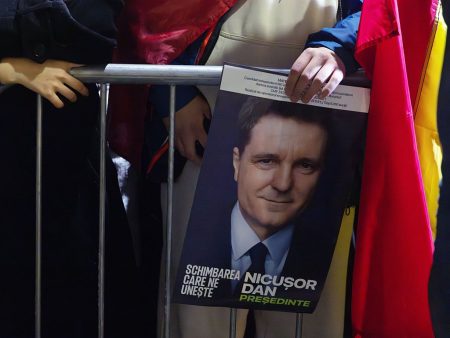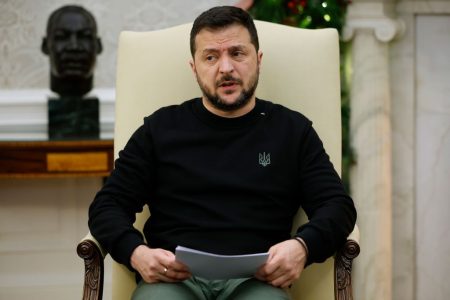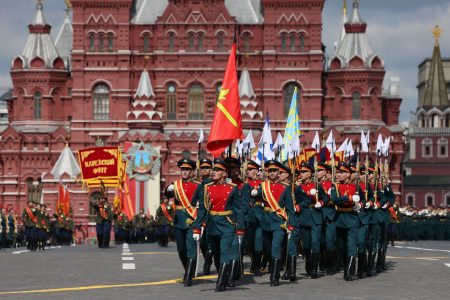Ukraine’s nuclear energy agency, Energoatom, has incurred significant losses amounting to over Hr 210 billion ($5.2 billion) due to Russia’s occupation of the Zaporizhzhia nuclear power plant. The plant, which is the largest nuclear power station in Europe, has been under Russian control since March 2022. Energoatom’s acting head, Petro Kotin, stated that the losses reached Hr 35 billion ($862 million) in just the first week of the occupation and have continued at a rate of approximately Hr 6 billion ($148 million) per month. The occupation has raised nuclear safety concerns, with Ukraine accusing Russia of using the plant as a base for launching drone attacks, posing a serious security threat. Despite the presence of International Atomic Energy Agency (IAEA) monitoring teams at the facility, Russian authorities have restricted full access to the plant.
The ongoing occupation of the Zaporizhzhia nuclear plant by Russia has further exacerbated the financial strain on Energoatom, with losses steadily accumulating due to the plant’s inability to operate. The total loss of over Hr 210 billion ($5.2 billion) signifies a significant blow to Ukraine’s nuclear energy sector and overall economy. The situation has also raised concerns about the risks associated with maintaining nuclear safety and security under Russian control. The presence of IAEA monitoring teams at the facility has provided some level of oversight, but access limitations imposed by Russian authorities have hindered the full assessment of the plant’s operational status.
Despite the damaging impact of the occupation on Energoatom and Ukraine’s nuclear energy capabilities, the possibility of restarting the Zaporizhzhia nuclear plant during the ongoing conflict remains uncertain. The IAEA chief has expressed reservations about the feasibility of envisioning a restart under the current circumstances. The prolonged occupation and restricted access to the plant have created significant challenges in assessing and addressing the operational and safety concerns that have arisen. The situation highlights the complex interplay between political conflicts, security risks, and the critical need for nuclear safety protocols to remain in place despite external pressures.
The Russian occupation of the Zaporizhzhia nuclear plant has not only resulted in substantial financial losses for Energoatom but has also heightened nuclear safety risks within the region. Ukraine’s accusations of the plant being used as a launching site for potentially dangerous activities have underscored the need for enhanced international monitoring and cooperation in managing nuclear facilities during times of conflict. The presence of IAEA monitoring teams, though limited in scope, has helped to mitigate some safety concerns. However, the overarching challenge of ensuring the safe operation of nuclear facilities in the midst of political tensions remains a pressing issue that requires ongoing attention and collaboration between nations.
As Energoatom continues to grapple with the financial impact of the occupation and the challenges of maintaining nuclear safety at the Zaporizhzhia plant, the broader implications of Russia’s actions on Ukraine’s energy sector and economy come into focus. The significant losses incurred by Energoatom underscore the ripple effects of geopolitical conflicts on critical infrastructure and essential services. The need for sustained support for independent journalism and international monitoring efforts remains crucial in shedding light on the ongoing situation and advocating for the safe operation of nuclear facilities in conflict zones. By raising awareness and fostering collaboration, the global community can work towards ensuring the continued safety and security of nuclear energy resources in Ukraine and beyond.















